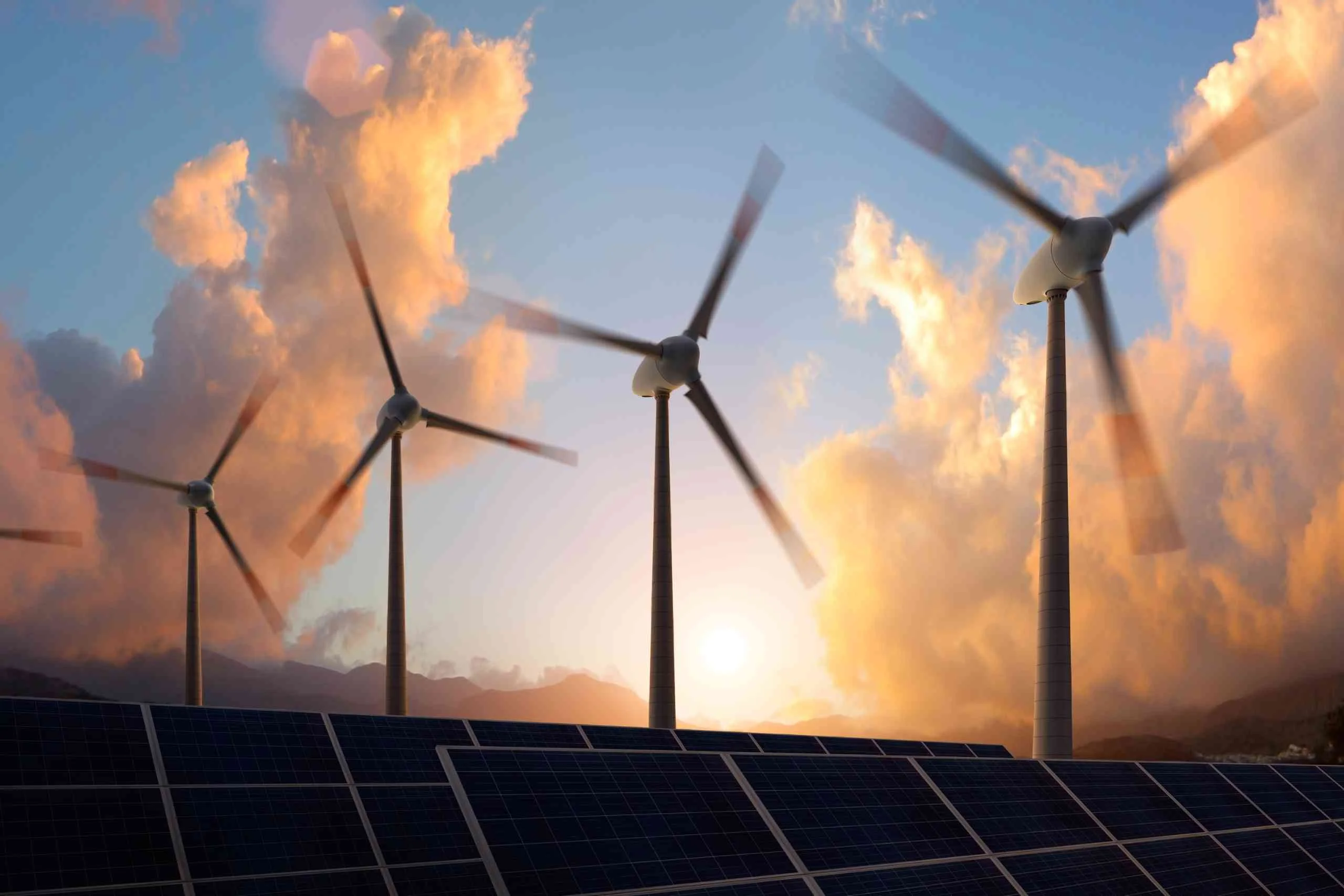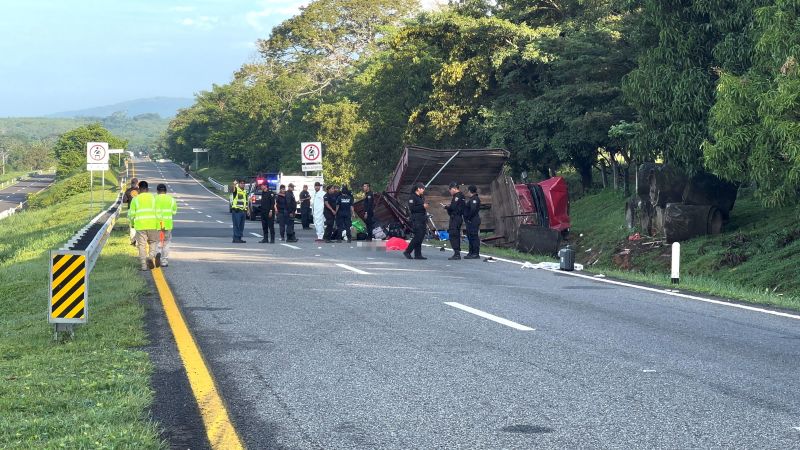Global Energy Crisis: How Countries Are Tackling It
Countries are adopting renewable energy and improving energy efficiency to tackle the global energy crisis. They are also investing in green technologies.
The global energy crisis has prompted nations to seek sustainable solutions. Rapid industrialization, population growth, and climate change are straining energy resources. Governments are responding with a shift towards renewable energy sources like wind, solar, and hydroelectric power. They are also prioritizing energy efficiency through innovative technologies and infrastructure upgrades.
These efforts aim to reduce dependence on fossil fuels and lower carbon emissions. By investing in green technologies, countries hope to achieve a more sustainable and resilient energy future. Public and private sectors are collaborating to accelerate this transition, ensuring energy security and environmental protection.
Causes Of The Energy Crisis
Most countries rely heavily on fossil fuels. These fuels include coal, oil, and natural gas. Fossil fuels are not renewable. They will eventually run out. Burning these fuels also harms the environment. It releases greenhouse gases. This leads to global warming and climate change.
Many energy resources are located in politically unstable regions. Conflicts in these areas can disrupt the supply of energy. For example, wars and sanctions can limit oil exports. This makes energy prices go up. Countries then face shortages and higher costs.
Energy demand is growing rapidly. Developing countries are using more energy. This increases pressure on existing supplies. High demand can lead to price spikes. Economic downturns can also affect energy markets. People may not afford higher energy bills. Governments may struggle to manage these issues.
Impact On Developed Countries
The global energy crisis has hit developed countries hard. Energy prices have surged, impacting daily life. Businesses face higher operational costs. Many small businesses struggle to survive. Consumers see increased utility bills. This affects their spending power. Inflation rates rise, making goods more expensive. Governments are forced to spend more on energy subsidies. This strains national budgets. Economic growth slows down, affecting everyone.
Governments are acting to counter the crisis. They invest in renewable energy sources like wind and solar. Energy efficiency programs are being promoted. Some countries are reactivating nuclear power plants. Importing energy from other nations is another strategy. Financial aid is given to low-income families. These measures aim to stabilize the situation.
Impact On Developing Countries
Developing countries face severe challenges due to the global energy crisis. Limited resources strain their economies, impacting growth and stability. Innovative strategies and international support are crucial for sustainable solutions.
Energy Access Challenges
Many developing countries struggle to access stable energy. Electricity is often unreliable. People use wood and coal for cooking. These fuels cause pollution and health problems. Remote areas lack proper infrastructure. This makes it hard to deliver clean energy. Solar panels and wind turbines can help. But they are expensive. International aid is needed to improve access.
Socioeconomic Effects
The energy crisis affects jobs and education. Factories can’t run without power. Schools need electricity for lights and computers. Poor energy access slows economic growth. Families spend a lot on fuel. This leaves less money for food and healthcare. Women and children are most affected. They spend hours collecting firewood. This takes time away from education and work.
Renewable Energy Solutions
Many countries use solar power to fight the energy crisis. Solar panels turn sunlight into electricity. This helps reduce the need for fossil fuels. Solar energy is clean and renewable. It also helps reduce pollution. Governments offer incentives for solar panel installation. This makes it more affordable for people. Solar farms are also being built. These large areas capture a lot of sunlight. They can power thousands of homes.
Countries invest in wind energy to generate electricity. Wind turbines convert wind into power. These turbines are often placed in windy areas. Offshore wind farms are also popular. These are built in the sea, where winds are stronger. Wind energy is sustainable and eco-friendly. It helps reduce greenhouse gas emissions. Governments support wind energy projects with subsidies. This makes wind power more cost-effective.
Hydropower uses water to generate electricity. Dams are built on rivers to create energy. Water flows through turbines, producing power. Hydropower is reliable and renewable. It can generate electricity all year round. This method helps reduce reliance on fossil fuels. Some countries have large hydropower plants. These plants can supply electricity to millions of people. Small-scale hydropower projects are also being developed. These can provide power to remote areas.
Energy Efficiency Measures
Countries are implementing energy efficiency measures to combat the global energy crisis. These initiatives aim to reduce consumption and enhance sustainability.
Smart Grid Technologies
Smart grids use advanced technology to manage electricity. They help balance supply and demand. Sensors and automated controls make grids more efficient. This reduces waste and saves money. Smart grids can also integrate renewable energy sources. This includes solar and wind power.
Building Efficiency Improvements
Energy-efficient buildings use less power. Insulation keeps heat in during winter. It keeps buildings cool in summer. LED lights save energy compared to old bulbs. Smart thermostats adjust temperatures automatically. They reduce energy use when no one is home.
Transportation Innovations
Electric cars are cleaner than gas cars. They produce no emissions. Buses and trains can also use electricity. Bike-sharing programs reduce the need for cars. Public transit systems help people travel efficiently. High-speed trains connect cities quickly.
International Collaboration
Countries sign agreements to share clean energy. These agreements help reduce carbon footprints. Many nations join hands for a better planet. Renewable energy is a key focus. Solar and wind power are popular choices. Nations work together to reduce pollution.
Countries build projects that cross borders. These projects help share resources. They also improve energy security. Electric grids connect different nations. This ensures power supply during emergencies. Many countries invest in shared energy sources. This approach helps reduce costs.
Future Prospects
New technologies are helping us use energy better. Solar panels and wind turbines are becoming more common. Scientists are also working on better batteries. These batteries can store more energy. This helps us use power even when the sun is not shining. Smart grids are another cool tech. They make sure we use energy in the best way possible.
Countries are making new rules to save energy. Renewable energy is a big focus. Many places are setting goals to use more green power. Tax incentives help people buy solar panels and electric cars. Some countries are also banning coal power plants. This helps reduce pollution.
Countries are employing innovative strategies to combat the global energy crisis. Renewable energy sources and technological advancements are key. Collaboration and policy changes are essential for lasting solutions. By embracing these measures, nations can ensure a sustainable and secure energy future.
The global energy crisis can be mitigated with collective effort and commitment.







